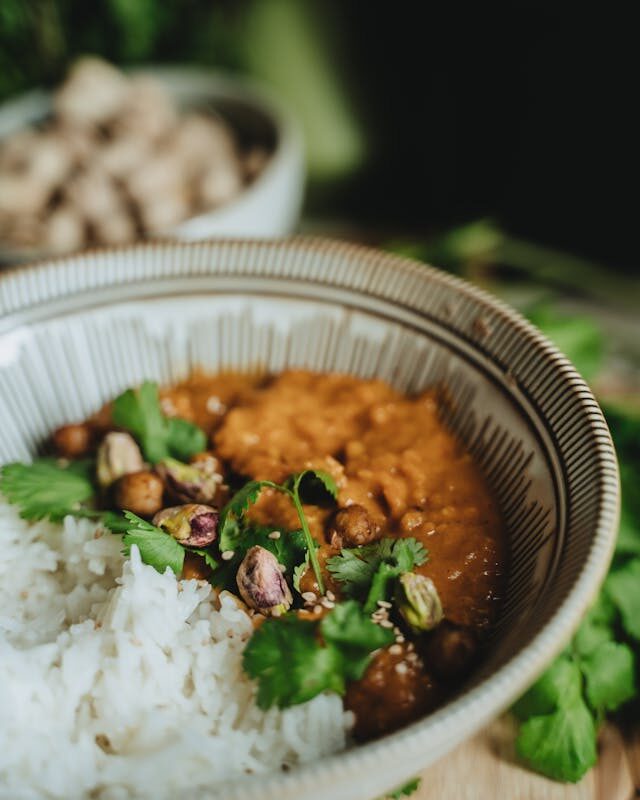In the early days of civilization, human beings didn’t consume animal flesh with the same frequency as we do now. Back in caveman times, it probably wasn’t every day that you managed to pull off a fresh kill anyway. When you finally did, you likely had to share, aka battle with your mom, dad and sibs for the choicest cuts; or for any meat at all really.
Later, people figured out how to sustain themselves on a wide variety of proteins – seeds, nuts, legumes, eggs, fish. People of Mediterranean descent have kept up this practice, and it has proved successful for them; so much so that their “diet” is tauted as a means to a longer and healthier life.
Indeed, if you are Italian then you probably have at least a few relatives who are older than dirt. There has to be a reason for this: Italians know how to eat. All those lentil meals, bitter greens sauteed in garlic and oil… they do their job better than anyone would have suspected! Take a look at my 91 year old smoker grandma for living proof.
Somewhere along the line, human beings, Americans in particular, decided that we needed More Meat. Portion sizes at Applebees grew. Supermarkets began to offer price breaks on bulk purchases of meat. And despite the finger-waggings of our physicians, we continued to believe that we need more meat to live. So our dads went on Lipitor, and we looked away.
But it doesn’t have to be this way. Drugs like Lipitor come with their own set of drawbacks. Supermarket meat, as you remember if you’ve watched the movie Food, Inc., is pretty horrific. And you’re on a healthy living website, so in your heart you already know this.
So it makes sense to return to an earlier mindset: that we really don’t need as much meat as we think we do. In the Bible, they mention fish a lot. I don’t know about you, but this leads me to believe that humans increased their communication skills (i.e. wrote down their Stories) around the same time they were mostly living on fish.
Or, at least the people who had learned how to communicate had ingested a whole lot of fish. So, fish is good. It makes us smart, and it is a good thing to feed our children. It would be better without the mercury, but there are always fresh-water options to vary it up.
And that said – here are some tips for how to actually eat less meat and not just say you’re going to eat less meat.
One: begin to think of your meal planning as a week-long endeavor. You have seven days to work with. One day, probably Saturday, will be a day of feasting to some degree – you’ll probably either cook a big meal, or go out and enjoy a big meal cooked by somebody else. And it will very likely be a Meat Day.
Monday will be a day that you probably don’t feel like cooking. So you’ll likely be having either food that you prepared in advance on Sunday, or something leftover from your weekend.
Friday you probably won’t cook at all, either. In fact, you might order pizza, have a quick leftover meal (yes, again) or go out with friends.
Tuesday is a good day to start a new dinner from scratch. You probably ran out of leftovers from Sunday. Tuesday is a good Fish Day. You can prepare it that day, and then eat it again in another form on Wednesday. (Fish tacos… yumm.)
So, Wednesday is spoken for. Fish again.
Thursday should be a Bean Day. If you’re feeling healthy, you can make a nice hearty bean soup or stew, and have it again for lunch on Friday. Or, you can serve it as Friday’s supper starter, with a small portion of meat and some veg on the side.
Now we have covered Friday as a bean day. (If you’d prefer to keep Friday as a Fish Day because it starts with F, then you can switch Wednesday to a Bean Day).
Looking at the week’s dinner plan again (can be shuffled as needed):
Sunday: meat
Monday: leftovers
Tuesday: fish
Wednesday: leftovers
Thursday: beans
Friday: leftover combo/potluck/takeout
Saturday: meat prepared by someone else
It appears that we are only preparing a meat-based meal ONE, MAYBE two times in seven days. So when you go out to shop for the weekly groceries, you really only need ONE package of meat for 4 people.
If you really want to get healthy, you can make sure this meat is organic – from an animal that was humanely raised, fed a natural diet that is appropriate to the species. So find a good, organic butcher that is close to home.
OR, you can purchase a share of organic, grass-fed beef or free range chicken and store in a chest freezer. Finally, most good grocery stores have organic meat choices – but even with the slightly higher price-per-pound, you’re spending less because you’re eating less meat.
Mid-week, you want to stop on your way home and pick up some fresh fish.
So to sum up cooking for the week:
You’re making ONE legume-based meal which you will serve twice. ONE fish-based meal to serve twice. ONE meat-based meal that will also stretch for 2 dinners. And the remainder of your food preparation will be a filler of healthy and colorful vegetables, a smattering of life-giving nuts and seeds, and a base of earthy and comforting whole grains.
Once you reframe your mind around this new way of cooking and eating, you will actually spend less at the grocery store, eat less meat, waste less food, and be healthier.
